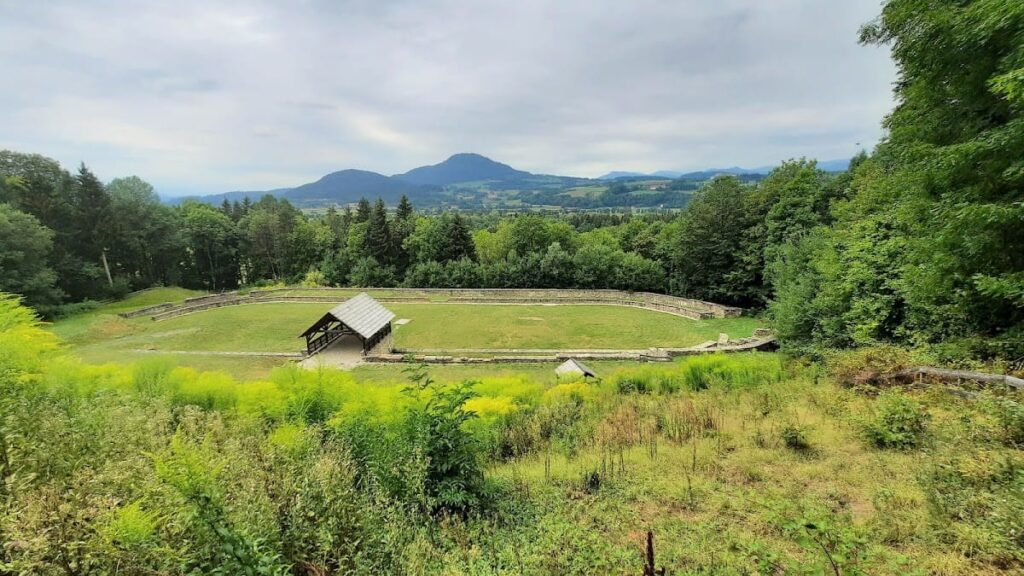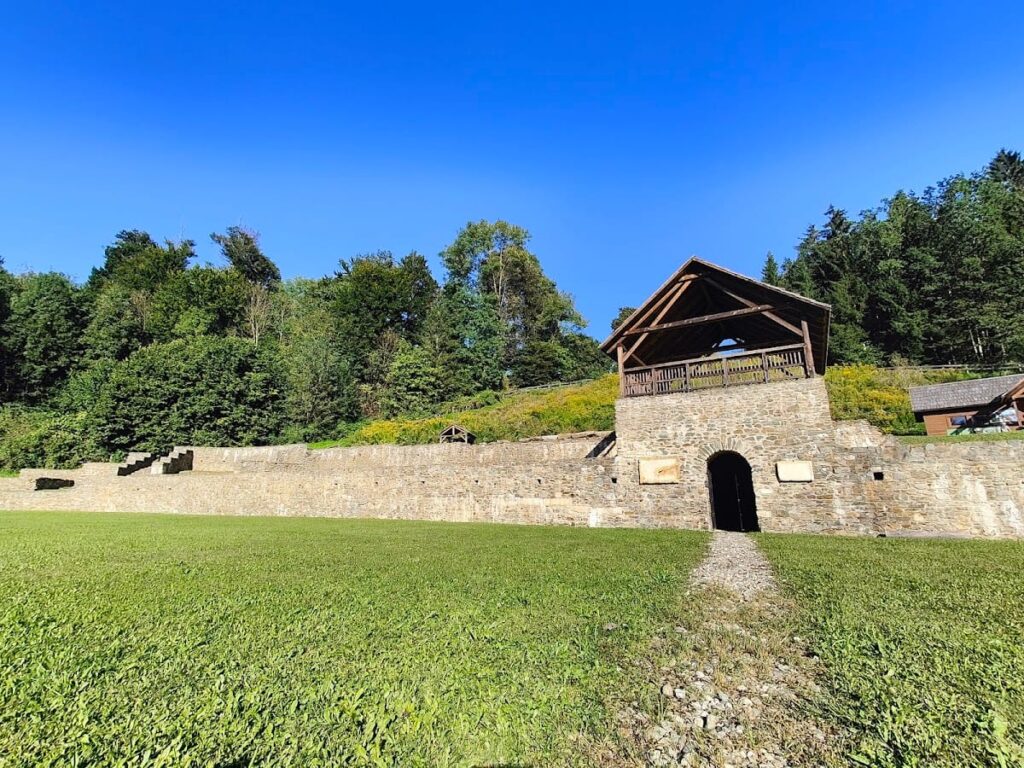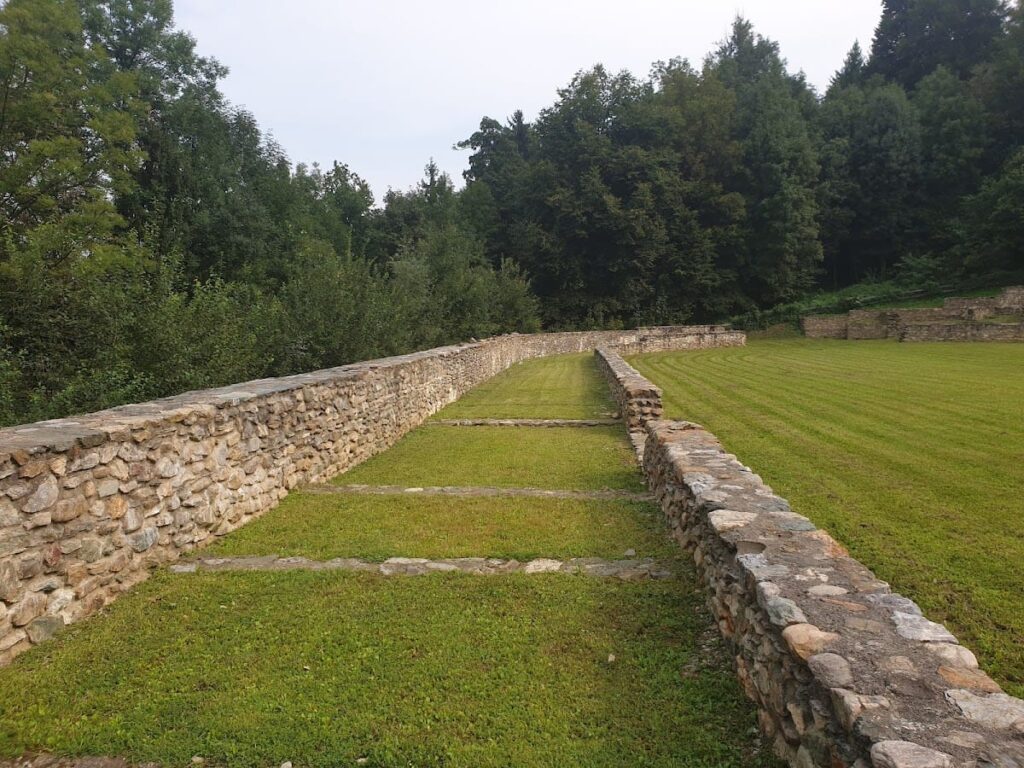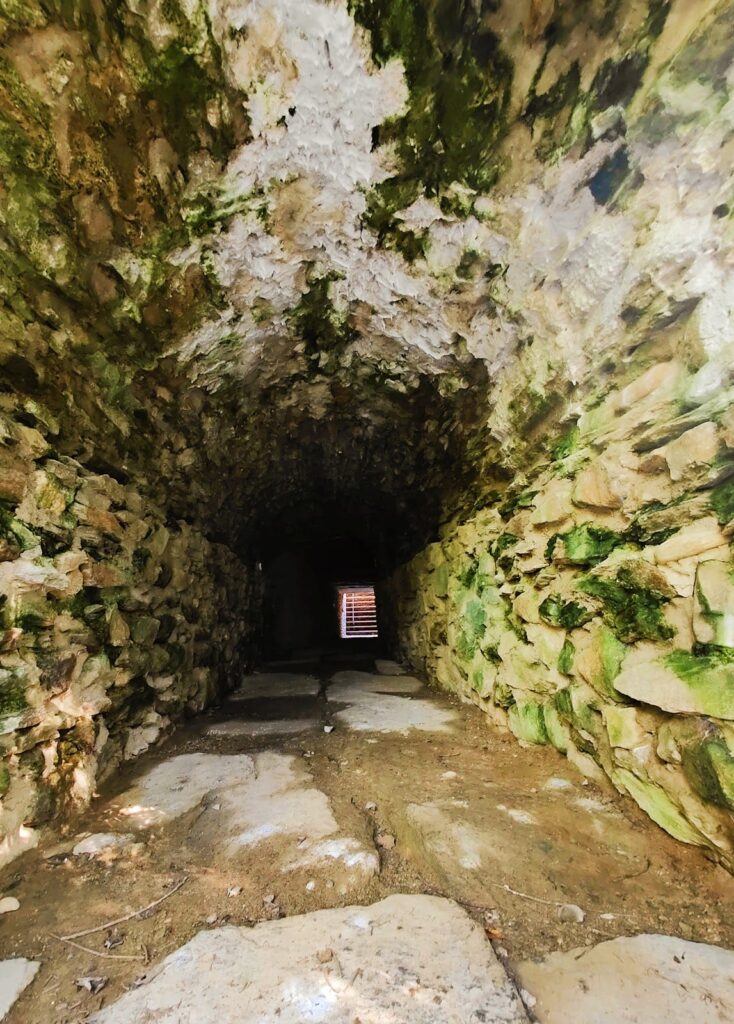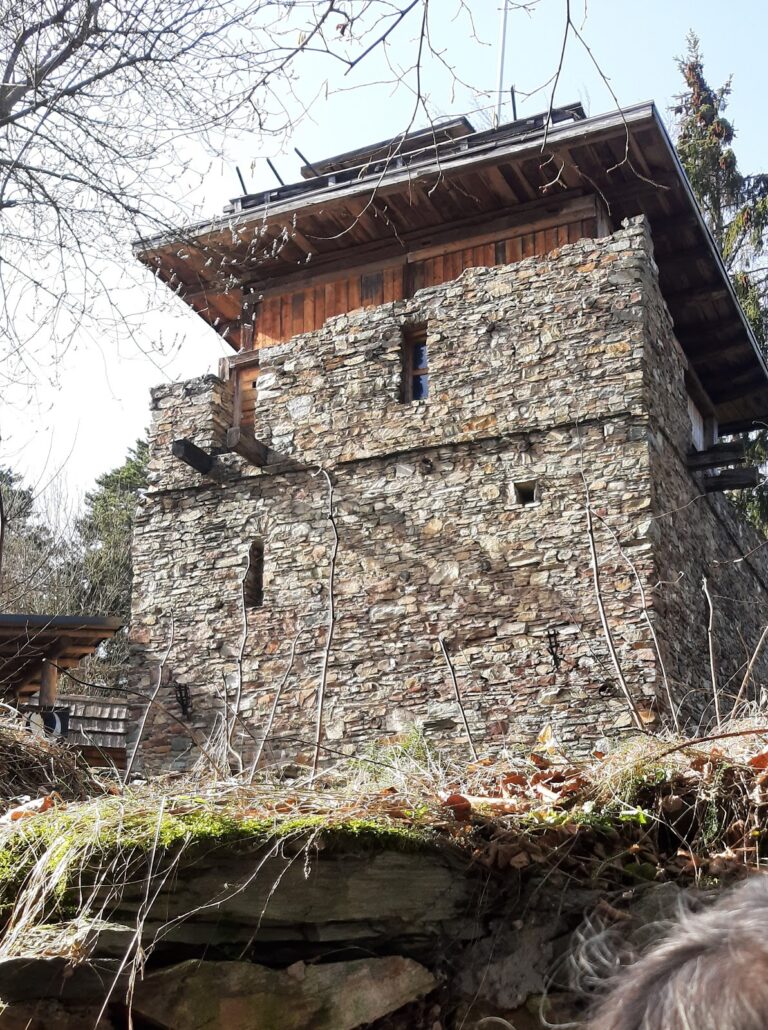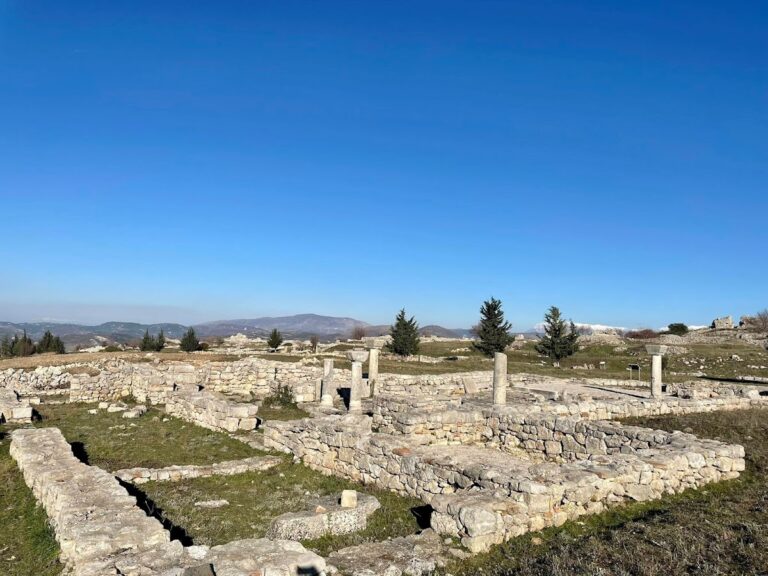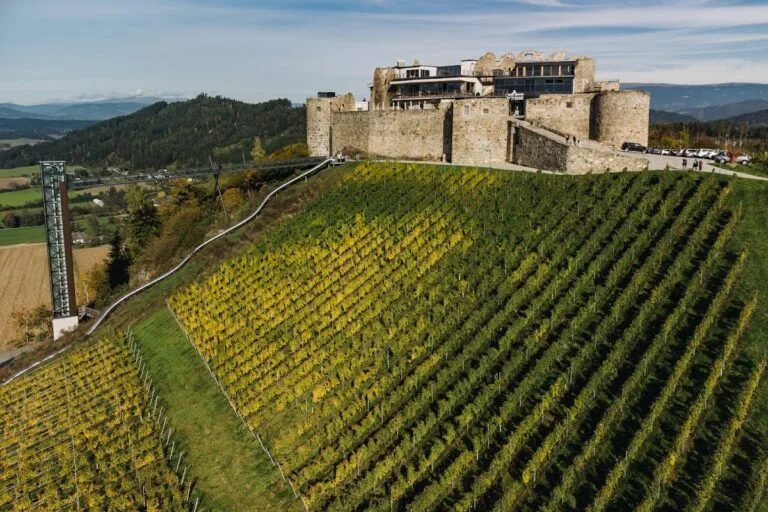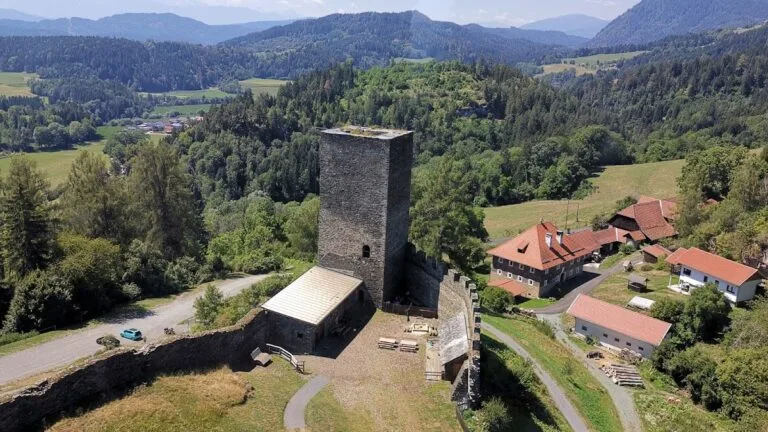Virunum Amphitheater: A Roman Entertainment Venue in Austria
Visitor Information
Google Rating: 4.5
Popularity: Very Low
Google Maps: View on Google Maps
Country: Austria
Civilization: Roman
Remains: Entertainment
History
The amphitheater at Virunum, located in present-day Maria Saal, Austria, was constructed by the Romans during the mid-1st century AD. It formed part of the urban fabric of Virunum, a city established under Emperor Claudius as the capital of the Roman province of Noricum. This city replaced an earlier settlement on Magdalensberg and became the administrative and economic hub of southeastern Alpine Noricum.
During the 1st and 2nd centuries AD, Virunum flourished as the provincial center, with the amphitheater serving as a venue for public spectacles known as munera. These events typically began with animal hunts in the morning and concluded with gladiatorial combat, reflecting Roman entertainment customs. The amphitheater’s underground passage allowed gladiators to enter the arena dramatically, enhancing the theatrical experience.
After around 300 AD, Virunum became the capital of the smaller province Noricum mediterraneum, maintaining its regional importance. However, the city was eventually abandoned during the Migration Period in the 6th century, marking the end of its active use. No documented military occupations or named rulers beyond Claudius are recorded in connection with the amphitheater. The site also held religious significance through its proximity to the Nemeseum, a sanctuary dedicated to the goddess Nemesis.
Remains
The amphitheater at Virunum is a longitudinal oval structure situated on a man-made terrace approximately 120 by 50 meters in size. The arena itself measures about 100 meters in length and 30 meters in width. It was constructed using a combination of wood and stone, a hybrid technique typical of Roman amphitheaters designed to accommodate large audiences.
The seating was arranged on wooden tiers supported between two concentric stone walls, forming seven rows that could hold between 3,500 and 4,000 spectators. An underground corridor beneath the arena allowed gladiators to enter the performance space from below, a feature still accessible today. Opposite the arena lies the Nemeseum, a sanctuary dedicated to Nemesis, where inscriptions related to renovations, votive altars, and reliefs depicting scenes of animal combat have been found.
The amphitheater is the only structure in Virunum to have undergone restoration and been made accessible to the public. Other buildings in the ancient city remain largely unexcavated or unrestored. The preservation of the underground passage and the proximity to the Nemeseum provide valuable insights into the cultural and religious practices associated with the amphitheater.
